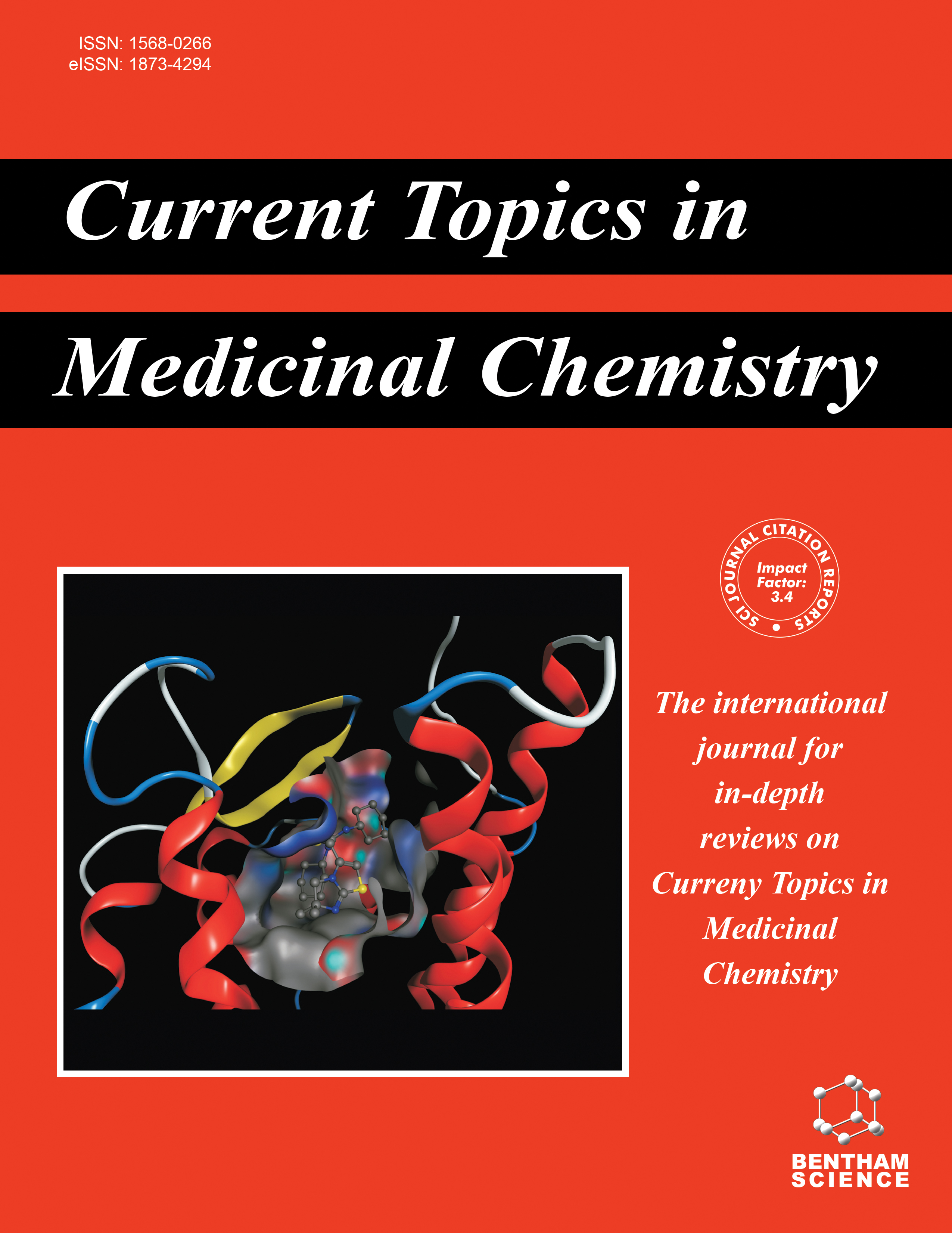-
oa Formulation of Garlic Essential Oil-assisted Silver Nanoparticles and Mechanistic Evaluation of their Antimicrobial Activity against a Spectrum of Pathogenic Microorganisms
- Source: Current Topics in Medicinal Chemistry, Volume 24, Issue 22, Sep 2024, p. 2000 - 2012
-
- 09 Apr 2024
- 25 Jun 2024
- 01 Sep 2024
- Previous Article
- Table of Contents
- Next Article
Abstract
The synthesis of nanoparticles using the principle of green chemistry has achieved huge potential in nanomedicine. Here, we report the synthesis of silver nanoparticles (AgNPs) employing garlic essential oil (GEO) due to wide applications of GEO in the biomedical and pharmaceutical industry.
This study aimed to synthesise garlic essential oil-assisted silver nanoparticles and present their antimicrobial and antibiofilm activities with mechanistic assessment.
Initially, the formulation of AgNPs was confirmed using different optical techniques, such as XRD, FT-IR, DLS, zeta potential, SEM, and EDX analysis, which confirmed the formulation of well-dispersed, stable, and spherical AgNPs. The antimicrobial and antibiofilm activity of GEO-assisted AgNPs was evaluated against a spectrum of pathogenic microorganisms, such as Gram-positive (S. aureus and B. subtilis) and Gram-negative (E. coli and P. aeruginosa) bacteria.
The AgNPs exhibited remarkable antimicrobial and anti-biofilm activity against all tested strains. The mechanism behind the antimicrobial activity of AgNPs was explored by estimating the amount of reactive oxygen species (ROS) generated due to the interaction of AgNP with bacterial cells and observing the morphological changes of bacteria upon AgNP interaction.
The findings of this study concluded that ROS generation due to the interaction of AgNPs with bacterial cells put stress on bacterial membranes, altering the morphology of bacteria, exhibiting remarkable antimicrobial activity, and preventing biofilm formation.


